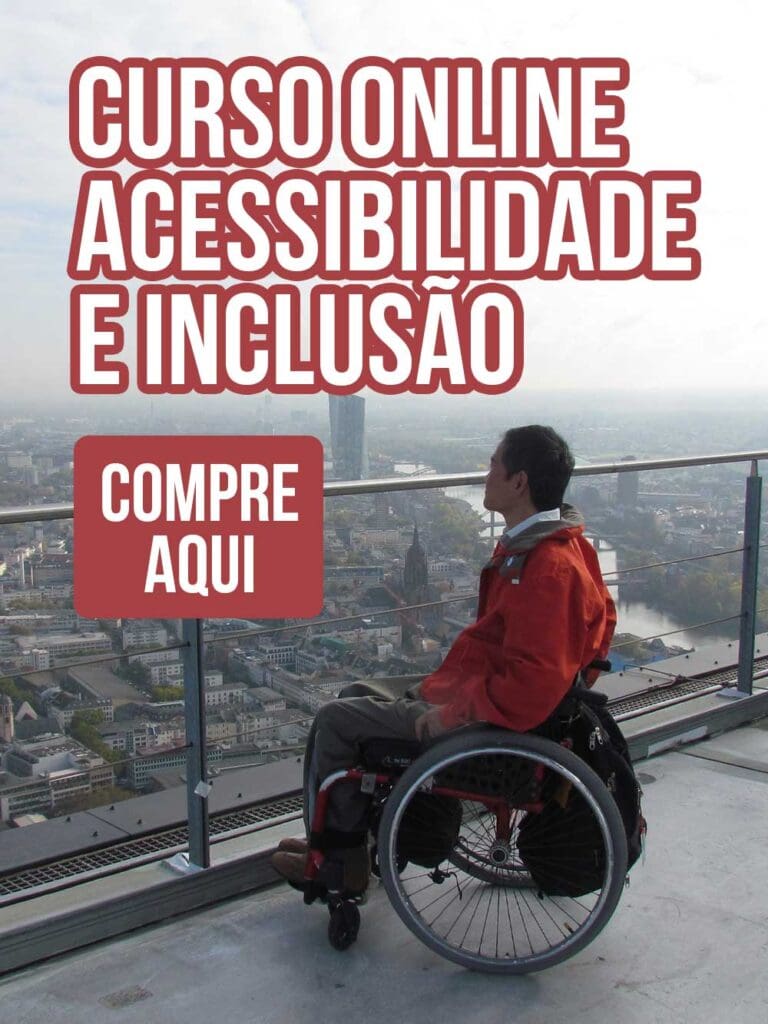Surveys in hospitals, hotels, mosques, malls, schools and transport hubs will determine what needs to be done.
Finding a way for disabled people to get from their homes to any destination by public transport is a challenge, but it is not impossible, planners say.
Senior officials from transport authorities, the municipality and disability support groups are also writing up technical guidelines as part of an accessibility code for future projects.
“A fully accessible environment is still a challenge in the city and the team is working to create conditions that will allow the city to be fully accessible in the short term,” said Yousef Al Redha, the Roads and Transport Authority’s chief executive of corporate services and head of the Accessible Environment for Persons with Disability Project.
The aim is ensure people with disabilities have the freedom to travel independently, said Majid Al Usaimi, a member of the Higher Committee for the Protection of the Rights of Persons with Disabilities.
“The vision we need people to understand is that people with disabilities have the right to make their own decision,” said Mr Al Usaimi, who is the director of the Dubai Club for the Disabled and uses a wheelchair and modified car to travel.
“They should not be told to go to this park, this mall or this cinema. The point is they should be able to go anywhere of their own choice, other people should not decide for them.
“It’s not just about disabled parking, accessible transport, we want people to have a complete feeling of independence.”
Independent travel experiences in Europe and the US support his conviction that it is possible.
In Dubai, there are ramps at metro stations and public and residential buildings, but advocacy groups say issues remain.
The elderly, the disabled and parents pushing baby-walkers must ask others for help because there is no access from roads to pavements.
“Just because an office is on the ground floor does not mean it is accessible because there could be stairs,” said Shobhika Kalra, founder of WingsOfAngelz, who uses a wheelchair and the metro to get around.
Her volunteer group has collaborated with malls, hotels and the RTA to install more than 300 ramps in the city.
“To save space, some buildings have no ramps but they can provide portable ramps. There should be clear signs indicating where ramps are located so we don’t spend time searching for entry,” said Ms Kalra.
Shaikh Mohammed Bavazeer, who uses a wheelchair and drives a modified car, said public access for the disabled was good in Abu Dhabi and Dubai but less so in the other emirates.
“A little creativity during construction will help architects to understand the needs of a special-needs person. They need to put themselves in our place,” he said.
Plans for projects announced in April are part of the Dubai Strategy for Disabilities 2020.
Source: The National



